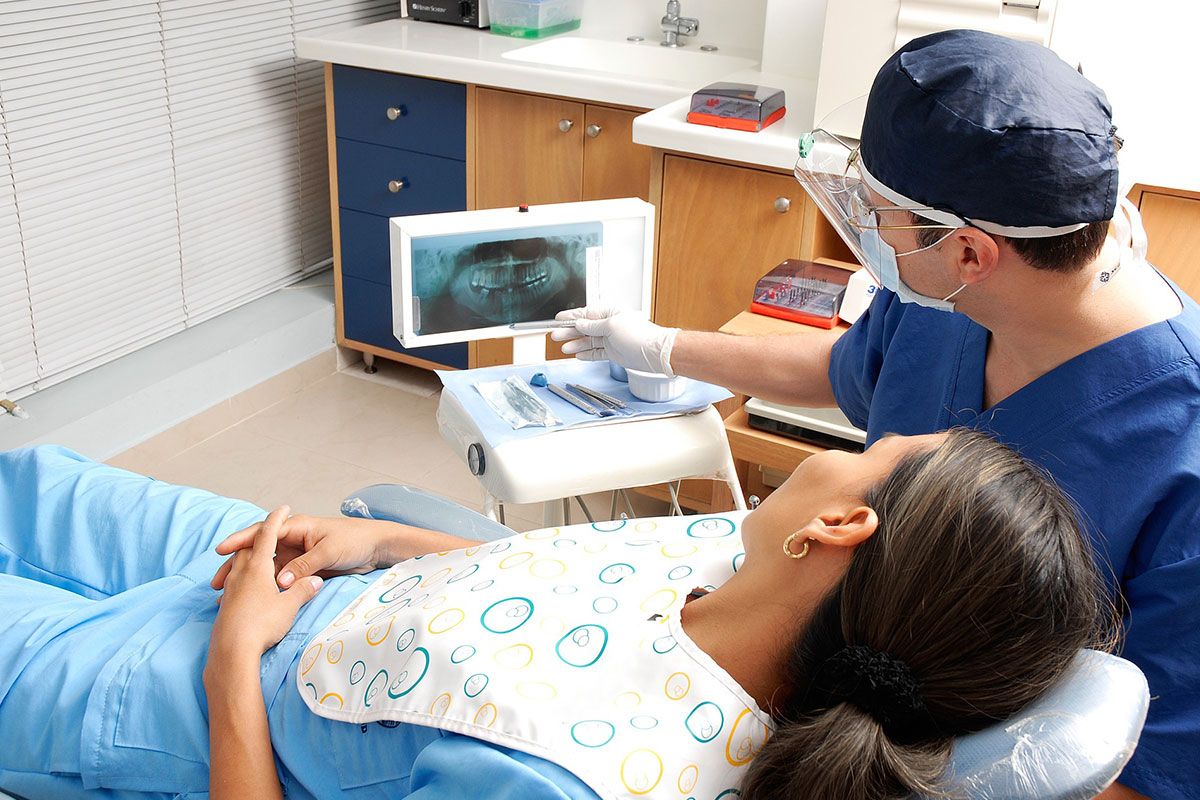
Common Infections of the Foot
No matter how clean your feet are, they are constantly in contact with microorganisms that can potentially cause infection. Fungus and bacteria are the most common culprits. In most cases, the immune system can keep these disease-causing agents (pathogens) at bay. There are times, however, when your immune defenses are low, a pathogen is especially robust, or a break in the skin allows a microorganism easy access into vulnerable tissues.
Symptoms of a foot infection can often be mild and easily treated at home. Others may require more aggressive interventions, including hospitalization to treat serious and potentially life-threatening complications. In general, there are steps you can take from contracting an infection.
:max_bytes(150000):strip_icc():format(webp)/bacterial-infections-of-the-feet-and-toes-1337758-5c04aa2e46e0fb0001cb781b.png)
Fungal Foot Infections
Fungal foot infections are familiar to many of us who may have picked up a foot or toenail infection in a locker room or spa. Fungal pathogens are especially hearty and can even colonize on intact skin. The foot, especially between the toes, provides the ideal environment for infection, allowing the roots of the fungus to penetrate damp, softened tissues. All it takes to establish infection is for the foot to come in contact with a contaminated, moist surface.1
Fungal foot infections can be persistent and hard to treat, but they are rarely life-threatening.2
Athlete’s Foot (Tinea Pedis)
When a rash, itchiness, and flaking develops between the toes, it is most often related to an all-too-uncommon condition known as athlete’s foot (tinea pedis). The fungus thrives in moist environments such as gyms and saunas and can flourish in sweaty socks and shoes. It is highly contagious and can be readily spread through contaminated floors, towels, or clothing.1
Athlete’s foot can be caused by any number of fungi, including those associated with ringworm. Most cases can be identified by symptoms alone. More serious or recurrent cases would benefit from a microscopic examination of a skin scraping, known as a KOH test.
Mild cases can be treated with an over-the-counter antifungal cream or spray. Serious or persistent infections may require an oral antifungal such as terbinafine or itraconazole for a period of two to six months.3
Toenail Fungus (Onychomycosis)
Onychomycosis is a term used to describe a typically slow-growing fungal infection beneath the toenail. Symptoms include a white or yellowish discoloration, the thickening, and flaking of the nail, and the separation of the nail from the nail bed. Onychomycosis often accompanies athlete’s foot and is more common is people with a weakened immune system or peripheral vascular disease (characterized by a diminished blood flow to the extremities).
Diagnosis can be made with a visual evaluation and supported with a KOH test. A tissue culture from nail trimmings can help identify the specific fungal pathogen.4
Onychomycosis is notoriously difficult to treat since most topical creams are unable to penetrate the nail tissue. Oral antifungal treatment tends to work best, but it can take as long as six to 12 months for a nail to fully grow back. Terbinafine is considered the treatment of choice, often supported by itraconazole, another oral antifungal.5
Oral antifungal medication may be needed for a fungal toenail infection.
Bacterial Foot Infections
While somewhat less common than a fungal infection, a bacterial foot infection can sometimes turn serious, moving from a local infection to a systemic (whole-body) one. Most are established through breaks or abrasions in the skin, often as a result of a penetrating wound.
Bacterial infections beneath or adjacent to a toenail are often the consequence of an ingrown toenail (onychocryptosis). Even eczema, athlete’s foot, or a severe sunburn can provide an opportunity for infection by compromising the outermost layer of skin (epidermis).
While a bacterial foot infection can happen to anyone, certain people are at an increased risk of complications, including:
- Older people
- People with diabetes, who often have poor blood circulation in the feet and a decreased ability to fight infection6
- People who are immune compromised, such as those with untreated HIV
- People undergoing chemotherapy or those taking immune suppressive drugs
When a bacterial infection occurs, the surrounding skin will become red, swollen, and painful. There may even be a yellow or greenish discharge in the form of pus. The most common bacterial culprit is Staphylococcus aureus, although other types are associated with specific conditions.
Erythrasma
One type of bacterial infection frequently mistaken for a fungus is erythrasma. Erythrasma is caused by the bacteria Corynebacterium minutissimum and is most commonly seen in people with diabetes and those who are obese. As with fungi, the bacterium primarily establishes itself in folds of skin, such as the armpits, under the breast, in the groin, or between the toes. The patches of infection are initially pink but quickly become brown and scaly as skin starts to flake and shed.
Erythrasma can often be diagnosed by using an ultraviolet light, known as a Wood’s lamp, which causes the bacteria to glow an almost fluorescent coral-pink. Erythrasma is best treated with a topical fusidic acid cream or an oral antibiotic such as azithromycin or erythromycin.7
Foot Abscess
Bacterial foot infections sometimes progress beyond the superficial tissues and consolidate into a pocket of pus known as an abscess. An abscess of the foot is most often caused by a puncture wound (as can happen after an unsterile pedicure) or the infection of a hair follicle. While abscesses are similar to boils, they involve deeper layers of tissue.
Symptoms include redness, swelling, warmth, pain, and the formation of a raised bump that can spontaneously erupt. Low-grade fever and a general achiness may also accompany an abscess. While S. aureus is a common culprit, Fusobacterium necrophorum and Arcanobacterium pyogenes are the types most typically constrained to the feet.
Abscesses can often be diagnosed by physical evaluation. If needed, a bacterial culture may be performed to identify the bacterial type and aid in the selection of the appropriate antibiotic. Treatment usually involves the drainage of the abscess supported by oral and/or topical antibiotics to resolve the infection. An over-the-counter analgesic like Tylenol (acetaminophen) may be used to treat pain and fever.8
A foot abscess is usually treated by draining it and then using antibiotics.
Cellulitis
Cellulitis is a potentially serious skin complication in which a local bacterial infection begins to spread from the site of the initial injury. Cellulitis typically starts as a small area of inflammation that quickly spreads to surrounding tissues, causing swelling, pain, warmth, and the formation of characteristic red streaks moving upward from the foot.
The streaks, known as lymphangitis, are an indication that the infection is migrating toward the lymph nodes. If this happens, the infection can become systemic and potentially life-threatening. High fever, chills, and body aches are signs of a serious infection.
Cellulitis is typically caused by a break in the skin but is especially common in people with diabetes or poor blood circulation. S. aureus and Streptococcus are the most likely causes.9
Cellulitis is a medical emergency whether you have a fever or not. If you see a red streak progressing up your foot, get medical help as soon as possible.
Uncomplicated cases may be treated with a 14-day course of broad-spectrum antibiotics. Serious ones may require hospitalization and the administration of intravenous antibiotics and fluids.9
Prevention
Fungal foot infections can be prevented by keeping your feet clean and dry and by washing them every day with soap and water. Avoid going barefoot in public spaces or the sharing of footwear or nail clippers. Always keep your toenails trimmed, and change your socks and shoes regularly to prevent moisture build-up. If your feet are especially sweaty and/or prone to fungal infection, use a daily over-the-counter antifungal foot powder or spray.10
Bacterial infections can be prevented by keeping your skin undamaged and clean. If the skin is cut or scraped, it should be washed immediately with soap and water and covered with a sterile bandage. If your foot is prone to dryness and cracking, you can apply a petrolatum-based foot cream to the keep the skin soft.
By contrast, the daily use of a topical antibiotic, whether prescription or over-the-counter, is not recommended as a means of prevention as it can eventually lead to antibiotic resistance.
Our Best Services Included
Lorem ipsum dolor sit amet, consectetur adipiscing elit. Etiam aliquet odio non porta laoreet. Vestibulum in dui euismod, molestie quam porta, sagittis arcu. Pellentesque vitae pulvinar urna lorem ipsum dolor sit amet, consectetur adipiscing elit..



